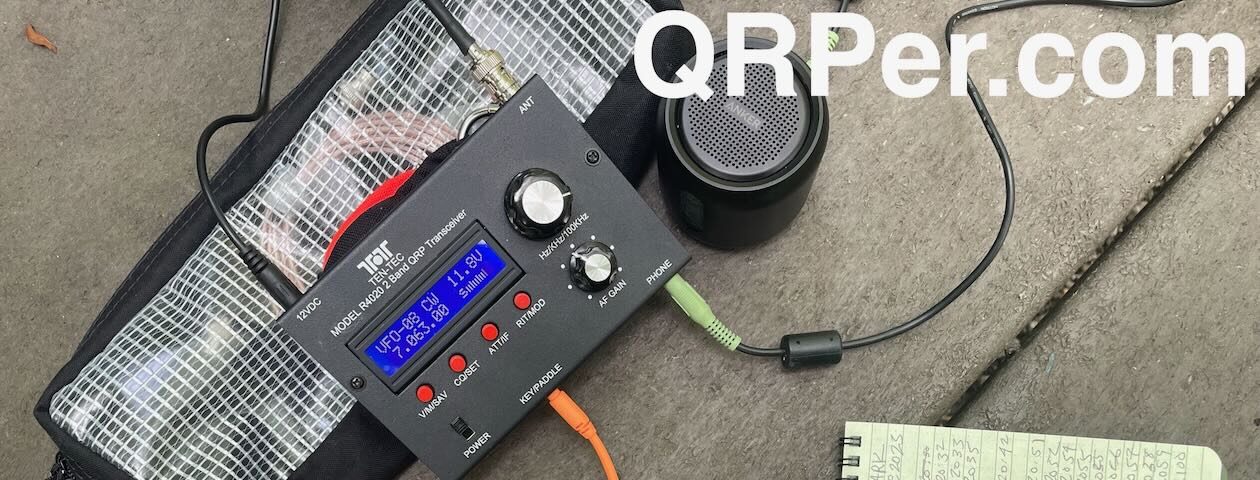 Many thanks to Curt (WU3U) who recently contacted me and mentioned he had built an IC-705 control interface for his Elecraft T1 ATU. This is a homebrew project based on others’ work and uses the FT-817 control port on the side of the T1 tuner.
Many thanks to Curt (WU3U) who recently contacted me and mentioned he had built an IC-705 control interface for his Elecraft T1 ATU. This is a homebrew project based on others’ work and uses the FT-817 control port on the side of the T1 tuner.
I asked Curt if he could share a little more about his tuner to post here on QRPer:
Hi Thomas, I can’t take credit for the interface, as a guy in Japan designed it. When I built mine the entire instructions and notes for code for the PIC controller were in Japanese. I used Google translate to translate all of the information and I was able to successfully program the PIC chip and build the circuit. He has since released the details and code in English.
There are two designs: one with an on/off switch, and a newer version without an on/off switch that has auto power save. Both circuits are the same but the software for the PIC chip is different. If you build the one without the on/off switch there is a very specific sequence of connecting and disconnecting the device and it’s my opinion that the one with the on/off switch is the version that makes more sense to build. It shouldn’t matter which order you connect everything up and you simply throw the on/off switch to turn the device on and off.
Building the interface takes an understanding of a fairly simple electronic schematic and acquiring the parts. You also have to have a PIC programmer and the software to write his .hex file into the PIC controller chip.
The parts for the interface are all very common parts. The resistors are standard values. My build cost me about $30 in parts but I had to buy many of them in bulk from Amazon like the enclosures, switches and 3.5mm jacks and circuit boards to name a few. Individually the parts were $30 but my bulk order cost me much more. I also had to buy a PIC programmer for $25 and figure out what software I needed to download to program the PIC chip with the author’s code. It takes an experienced builder about two hours to build the device but it’s not out of the realm of a semi-novice as long as they can get the PIC chip programmed.
Here is the original code using the on/off switch. Everything is now in English:
https://amateur-radio.cocolog-nifty.com/blog/2020/11/post-1eb3cf.htmlHere is his newer version with the same circuit design eliminating the on/off switch by using a different PIC program allowing the interface to have auto power shutdown (low power standby) but there is a specific order for connecting and disconnecting the interface. With this version there is still drain on the battery but the designer thinks that drain is less than the normal self discharge of the battery. I feel that any discharge combined with the self discharge of the battery will be more discharge than using the design with the on/off switch.
https://amateur-radio.cocolog-nifty.com/blog/2020/11/post-591d17.html
Video
I think this is a brilliant project and certainly one worth considering for those of us who already own an Elecraft T1 ATU and would like full control from the IC-705.
Thank you for sharing these details, Curt!







